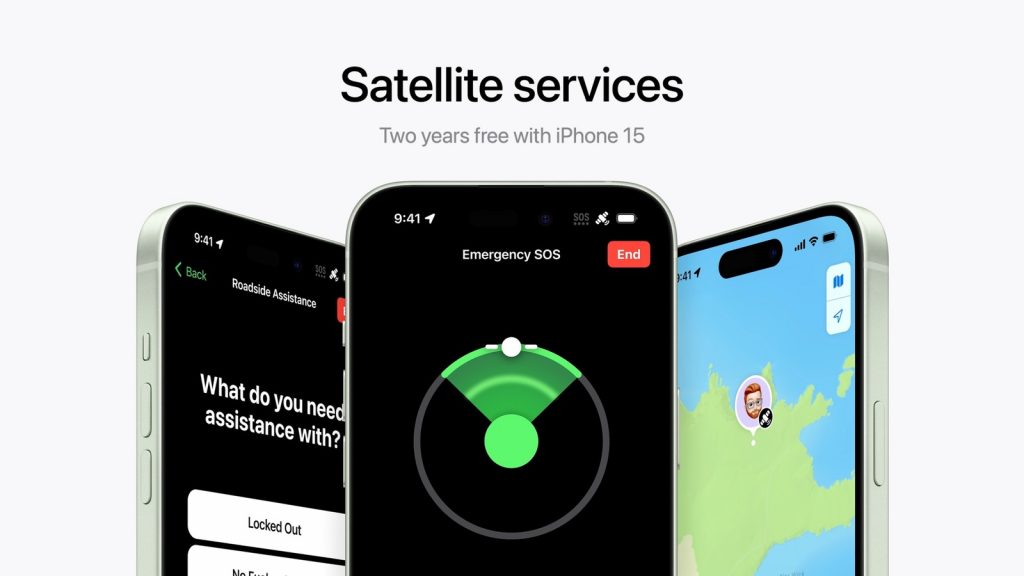Emergencies never announce their arrival, especially when you’re on a deserted road without cellular coverage.
However, iPhones are now stepping up to help out in these tricky situations. Much like the Emergency SOS via satellite feature, the newly added roadside assistance feature springs into action when there’s no cellular coverage.
To use this feature, go to your Messages app and draft a new message. Simply type “Roadside” into the contact field. This will bring up the Roadside Assistance via satellite option, but remember, this only becomes accessible when both wifi and cellular signals are unavailable. Once activated, a prompt will display, allowing you to detail the nature of your vehicle’s problem, be it a drained battery, empty fuel tank, or flat tire.
But what if you didn’t know about typing “Roadside” beforehand? No worries. If you’re attempting to call 911 without a connection, you’ll be provided an option to message either emergency services or a satellite-connected roadside assistance provider.
This innovative service is available on iPhone 14 and iPhone 15 models that support Emergency SOS via satellite and run on iOS 17 or subsequent versions. Good news for travelers – this feature isn’t limited to just US residents, but also extends to those visiting the country.
As for the cost, while satellite connectivity comes complimentary for two years for iPhone 14 and 15 users, there hasn’t been clarity on post-2024 pricing. However, it’s essential to understand that utilizing roadside assistance may involve fees payable to AAA. According to Apple’s support documentation, AAA offers this service to vehicles with four wheels that run on a motor. Costs are contingent upon AAA membership status, but they also cater to non-members, ensuring everyone is informed about the charges before dispatching help.
A bonus for T-Mobile users on specific plans: they might be eligible for a complimentary one-year AAA membership.
